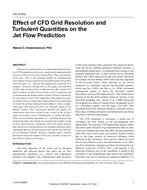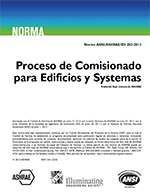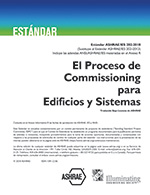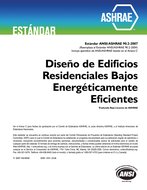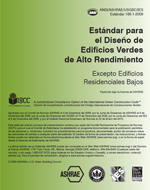Description
The practical applications of computational fluid dynamics( CFD)simulationsdonot use complexandcomputationally intensiveCFDcases to resolve the jet flows. Thus, the question arises now: what is the minimum number of computational grid cells per jet size required to reasonably predict the jet flow characteristics (i.e., velocity and temperature potential core lengths)?
To answer this question, in this paper, we performed a CFD study on free jet flow to illustrate the effect of the CFD grid resolution on the jet flow characteristics prediction and recommended a minimum number of grid cells per jet diameter for any future jet flow CFD simulation. Throughout the gridresolution study we proposed a simple and coarse-grid method to model the jet flow from perforated diffusers where complicated gaps and small-size pores are typically found on the diffuser surface.
This coarse-grid method can predict the temperature and velocity fields in the vicinity of the jet flow region reasonably correct. Additionally, we studied the effect of the jet-exit turbulent quantities (i.e., turbulent intensity and turbulent length scale) and the jet-exit Reynolds number on the jet flow characteristics prediction. The CFD results showed that both grid resolution and jet-exit turbulent quantities have significant effect on the jet potential cores prediction while the jet-exit Reynolds number showed a minimal effect. Further discussion about the studied CFD cases and their results are described in detail in this paper.
Citation: ASHRAE Transactions – Volume 121, Part 1, Chicago, IL
Product Details
- Published:
- 2015
- Number of Pages:
- 10
- File Size:
- 1 file , 3.7 MB
- Product Code(s):
- D-CH-15-002
